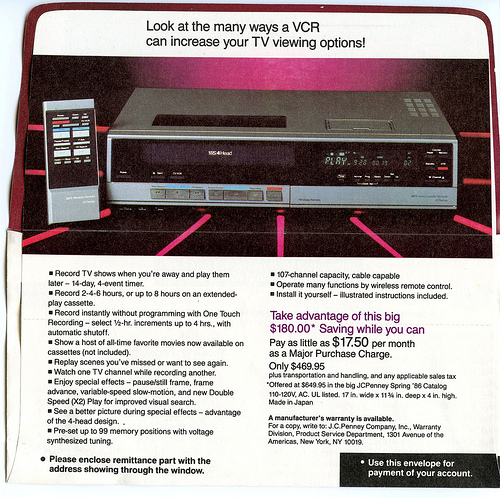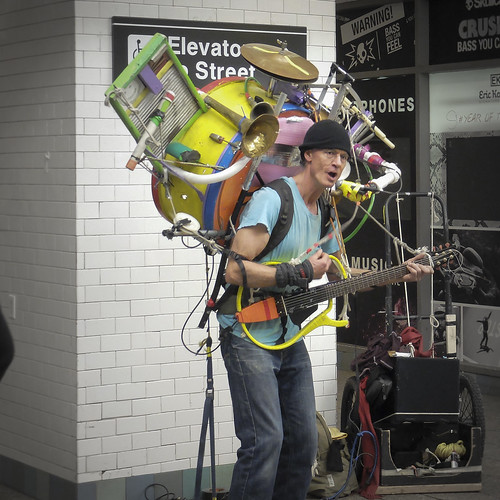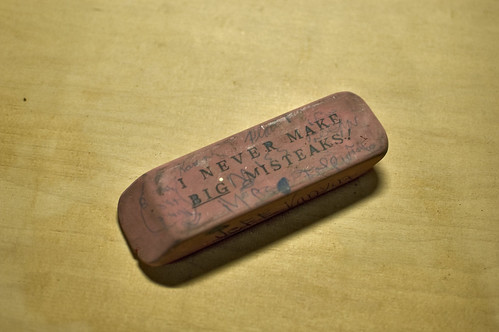Here’s a piece of advice you’ve certainly heard before: Not where you want to be? That’s OK.
Just fake it ‘till you make it.
I really hate those words. I think it’s a very dangerous piece of advice — especially for young people who are still trying to find their way.
And here’s what I want to say instead:
Don’t pretend to be someone you aren’t. When you’re young, there are days when you feel like you know everything — but far more when you’re convinced you know absolutely nothing. And on those days, it’s easy to pretend to be the expert you aren’t just yet. Some people make a short-term (and shortsighted) choice to fake it.
But there’s never a need to fake your expertise. Never.
So don’t fake anything. And anytime you feel like you’re becoming a person you aren’t, here’s all you need to remember:
Be confident in who you are and what you know. You probably know more than you give yourself credit for!
Be honest with people about who you really are.
And when someone asks you for something and you don’t have the answer, it’s OK to say, “I don’t know.”
But there’s a catch: The minute you say it, you have to start working towards actually finding the answer. That means realizing that you’re smart enough to build the support system around you to get the right answers, and understanding that you’re going to have to work hard to keep learning.
That’s the harder way — but it’s also the one that’s going to earn you trust and pay dividends in the long run.










